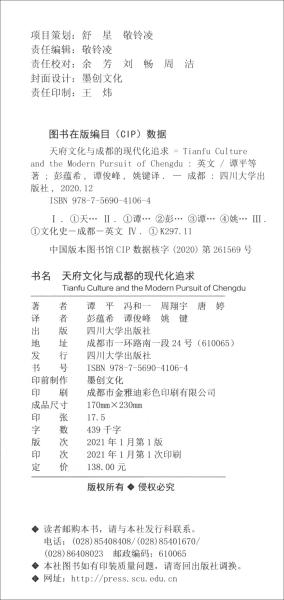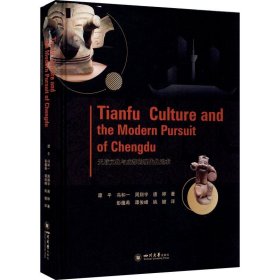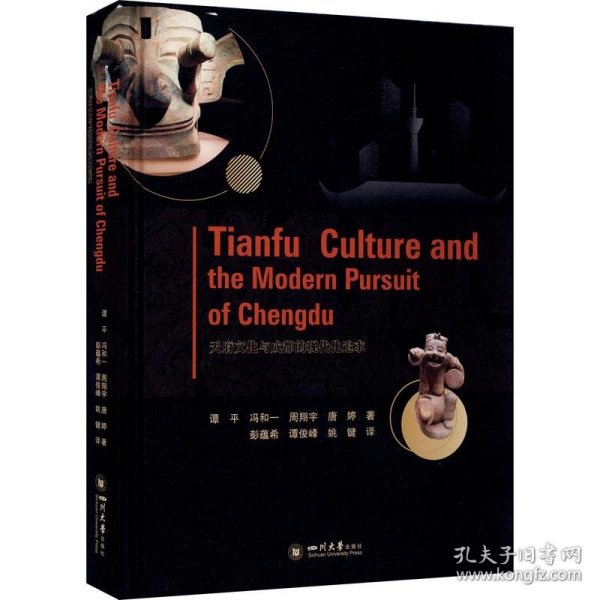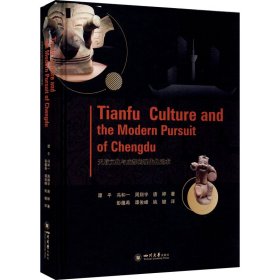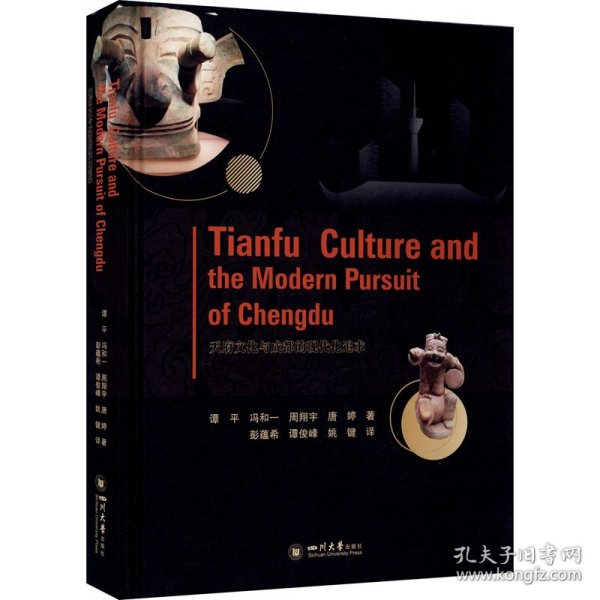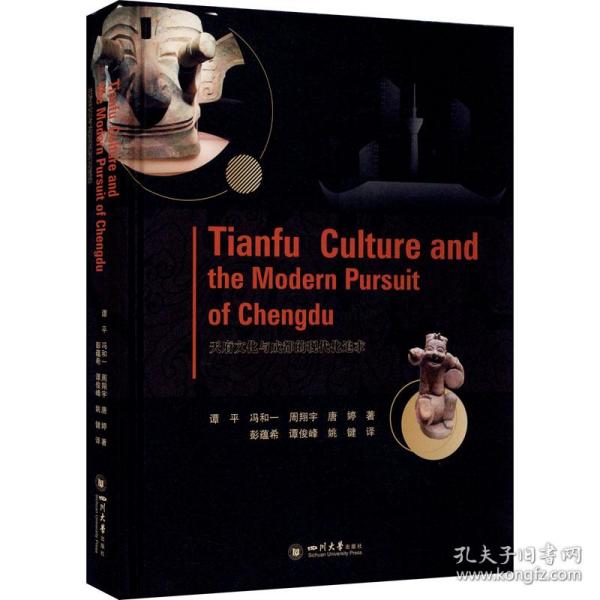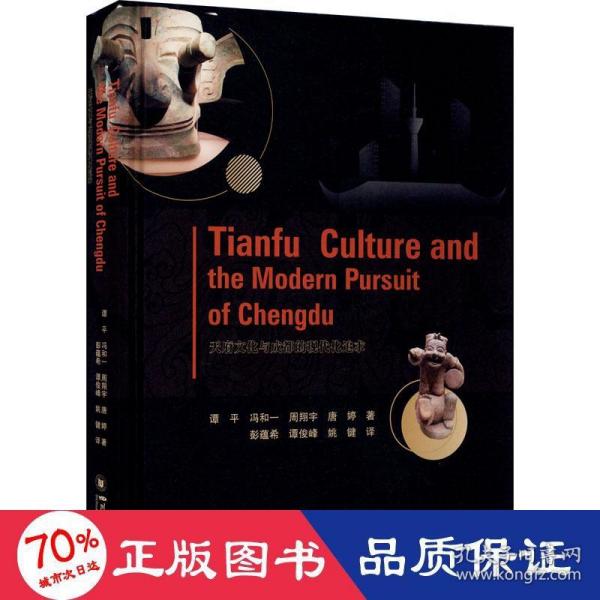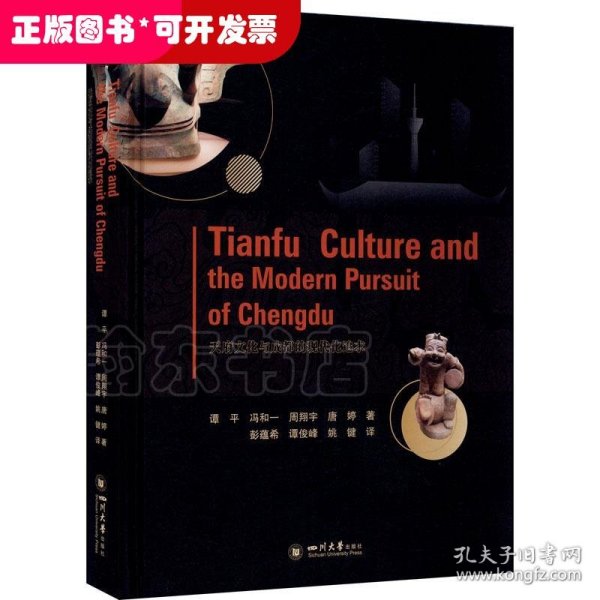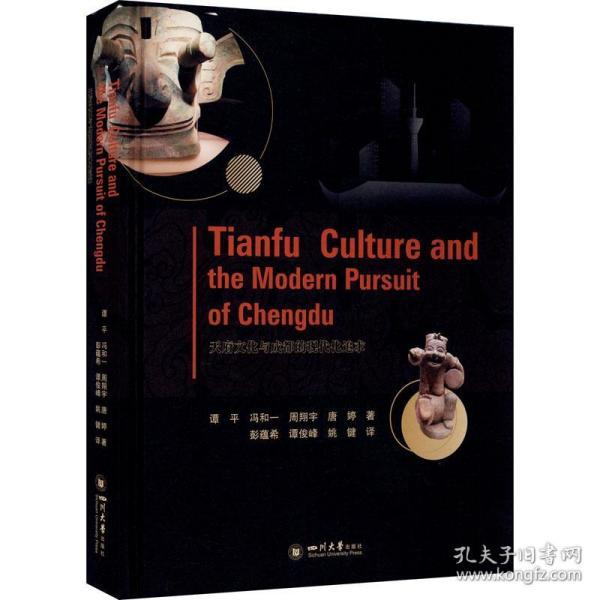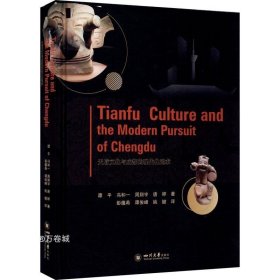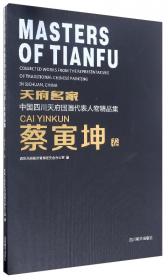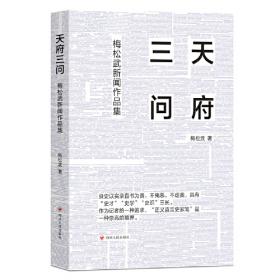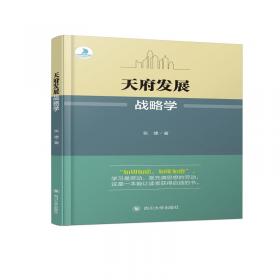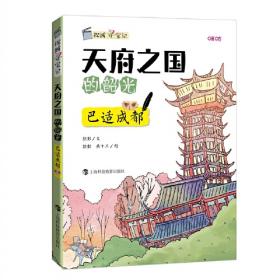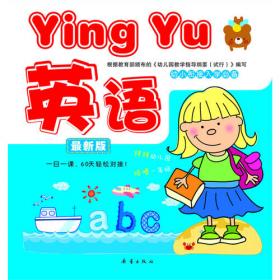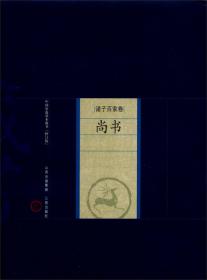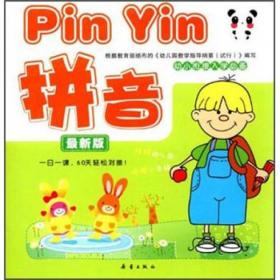天府文化与成都的现代化追求(英文版)
出版时间:
2021-01
版次:
1
ISBN:
9787569041064
定价:
138.00
装帧:
精装
开本:
16开
纸张:
胶版纸
页数:
266页
6人买过
-
¡¡¡¡Chengdu rs the capital of Sichuan Province and one of the major cultural£¬economic£¬and political centers in West China.It has a long history£¬During the Three Kingdoms period £¨220-280CE£©£¬it was the capital of the state of Shu£¬During the Tang Dynasty£¬Chengdu was one of the most prosperous cities in China.Much later a transition occurred from the late Ming governance to that of the early Qing (roughly the 1620s to 1680s£©£¬during which Sichuan experienced more than half a century of war that devastated the economy in the region and damaged the cities.Yet in the early Qing£¬the economy and culture were graduafly restored.
¡¡¡¡Thanks to its geographically isolated position£¬Chengdu was little affected by the Opium Wars (1839-1842 and 1856-1860£©£¬apart from missionary activities£¬and it also suffered little during the Taiping Uprising (1851-1864£©.tn 1877£¬Chengdu became the site of the Sichuan Arsenal (Sichuarr Jiqi Ju£©£¬established as part of the self-strengthening movement.The arsenal was the first modern factory in Sichuan.After nearby Chongqing was£¬opened as a trade port in 1890£¬Chengdu became less isolated and began to experience the cultural contact and conflict apparent in cities closer to the coast.tn 1895£¬a large-scale anti-Christian movement broke out in Chengdu£¬and some churches were burned down£¬A few years later£¬a group of focal intellectuals participated in the reform movement by organizing the Society of Sichuan Learning (Shuxue Hui£© and publishing the Joumal of Sichuan Leaming (Shuxue Bao£©£¬Many new schools were also established at this time£¬In the first half of the twentieth century£¬Chengdu was one of the largest cities in inland China£¬with a population of around 340£¬000 at the turn of the century£¬increasing to around 440£¬000 by the 1930s.By 1945£¬due to wartime migration£¬its population had reached 740£¬000£¬falling to 650£¬000 in 1949.As the capital of Sichuan Province£¬Chengdu experienced almost all of the political£¬economic£¬social£¬and cultural transformations that occurred from the late-Qing reform period to the Communist victory in 1949.In the 1900-1910 period£¬Chengdu£¬under the influence of the new policies and self-government movement£¬became a center and model of industrial£¬commercial£¬educational£¬and social reforms in the Upper Yangzi region.Local elites£¬supported by state power£¬enthusiastically participated in reforms that built their social reputation and expanded their influence over ordinary people.
¡¡¡¡The Sichuan Police Force was set up in 1902£¬symbolizing the establishment of an early form of urban administration.In 1910£¬the City Council of Chengdu and Huayang (Chenghua Cheng Yishihui£© was formed as part of the self-government movement; the council\'s members were elected.Both the police and the council became the early foundation of the Chengdu municipal government£¬but the former played a much more important role.In 1911£¬many residents joined the railroad-protection movement£¬contributing to the climate of protest that led to the revolution in October of that year.In late November 1911£¬Sichuan declared independence and organized the Great Han Military Government (Dahan Sichuan Jun Zhengfu£©.
¡¡¡¡Post revolution£¬Chengdu suffered from the chaos general to the warlord era.In 1917£¬two wars erupted in the city-the first between the Yunnan and Sichuan armies in May£¬and the second between the Guizhou and Sichuan armies in July.Thousands of people were killed£¬and thousands of houses were destroyed£¬leading to a mass of refugees.Despite social disorder£¬under the influence of Westernization£¬new publications and new forms of entertainment such as modern drama emerged in Chengdu during the May Fourth and New Culture movements.The city\'s most famous writer of this period was Ba Jin (1904-2005£©£¬whose autobiographical novel Jia (The Famdy£©£¬written in 1932£¬deals with intergenerational family conflict and its impact on political and social change during the 1920s. Chapter One
The Origin and Presentation of Tianfu Culture
The Romantic Ba-Shu Civilization
Sources of the Tianfu Culture
The Unique Charms of Tianfu Culture
Chapter Two
Chengdu from the Perspective of Tianfu Culture
Origin of Civilization
Chengdu\'s Grand Pattern in Han and Tang Dynasties
Chengdu\'s New Look in the Song£¬ Yuan£¬ Ming and Qing Dynasties
Revolutions in Chengdu and Its Peaceful Liberation
Famous Scholars and Sages in Chengdu
Chapter Three
Many Firsts in the World or in China in the History of Chengdu
Many Firsts in the World in the History of Chengdu
Many Firsts in China in the History of Chengdu
Chapter Four
Chengdu in the Literary Works of the Past Dynasties
Chengdu in \"Fu\" of the Han and Wei Dynasties
Chengdu in the Sui and Tang Poetry
Chengdu in the Poetry of the Song Dynasty
Chengdu in the Yuan and Ming Literary Works
Chengdu in the Poetry of the Qing Dynasty
Chengdu in Modern and Contemporary Literature and Quyi
Chapter Five
Historical and Cultural Relics of Chengdu
Historic City Sites of Chengdu
The Splendid Sanxingdui Site
The Shi\'erqiao Cultural Sites
Buddhist and Taoist Cultural Relics
Varied Ancient Bridges and Ancient Towns
¡¡
Chapter Six
Chengdu in the Map of World Civilization
Chapter Seven
Tianfu Chengdu Towards a New Era
-
内容简介:
¡¡¡¡Chengdu rs the capital of Sichuan Province and one of the major cultural£¬economic£¬and political centers in West China.It has a long history£¬During the Three Kingdoms period £¨220-280CE£©£¬it was the capital of the state of Shu£¬During the Tang Dynasty£¬Chengdu was one of the most prosperous cities in China.Much later a transition occurred from the late Ming governance to that of the early Qing (roughly the 1620s to 1680s£©£¬during which Sichuan experienced more than half a century of war that devastated the economy in the region and damaged the cities.Yet in the early Qing£¬the economy and culture were graduafly restored.
¡¡¡¡Thanks to its geographically isolated position£¬Chengdu was little affected by the Opium Wars (1839-1842 and 1856-1860£©£¬apart from missionary activities£¬and it also suffered little during the Taiping Uprising (1851-1864£©.tn 1877£¬Chengdu became the site of the Sichuan Arsenal (Sichuarr Jiqi Ju£©£¬established as part of the self-strengthening movement.The arsenal was the first modern factory in Sichuan.After nearby Chongqing was£¬opened as a trade port in 1890£¬Chengdu became less isolated and began to experience the cultural contact and conflict apparent in cities closer to the coast.tn 1895£¬a large-scale anti-Christian movement broke out in Chengdu£¬and some churches were burned down£¬A few years later£¬a group of focal intellectuals participated in the reform movement by organizing the Society of Sichuan Learning (Shuxue Hui£© and publishing the Joumal of Sichuan Leaming (Shuxue Bao£©£¬Many new schools were also established at this time£¬In the first half of the twentieth century£¬Chengdu was one of the largest cities in inland China£¬with a population of around 340£¬000 at the turn of the century£¬increasing to around 440£¬000 by the 1930s.By 1945£¬due to wartime migration£¬its population had reached 740£¬000£¬falling to 650£¬000 in 1949.As the capital of Sichuan Province£¬Chengdu experienced almost all of the political£¬economic£¬social£¬and cultural transformations that occurred from the late-Qing reform period to the Communist victory in 1949.In the 1900-1910 period£¬Chengdu£¬under the influence of the new policies and self-government movement£¬became a center and model of industrial£¬commercial£¬educational£¬and social reforms in the Upper Yangzi region.Local elites£¬supported by state power£¬enthusiastically participated in reforms that built their social reputation and expanded their influence over ordinary people.
¡¡¡¡The Sichuan Police Force was set up in 1902£¬symbolizing the establishment of an early form of urban administration.In 1910£¬the City Council of Chengdu and Huayang (Chenghua Cheng Yishihui£© was formed as part of the self-government movement; the council\'s members were elected.Both the police and the council became the early foundation of the Chengdu municipal government£¬but the former played a much more important role.In 1911£¬many residents joined the railroad-protection movement£¬contributing to the climate of protest that led to the revolution in October of that year.In late November 1911£¬Sichuan declared independence and organized the Great Han Military Government (Dahan Sichuan Jun Zhengfu£©.
¡¡¡¡Post revolution£¬Chengdu suffered from the chaos general to the warlord era.In 1917£¬two wars erupted in the city-the first between the Yunnan and Sichuan armies in May£¬and the second between the Guizhou and Sichuan armies in July.Thousands of people were killed£¬and thousands of houses were destroyed£¬leading to a mass of refugees.Despite social disorder£¬under the influence of Westernization£¬new publications and new forms of entertainment such as modern drama emerged in Chengdu during the May Fourth and New Culture movements.The city\'s most famous writer of this period was Ba Jin (1904-2005£©£¬whose autobiographical novel Jia (The Famdy£©£¬written in 1932£¬deals with intergenerational family conflict and its impact on political and social change during the 1920s.
-
目录:
Chapter One
The Origin and Presentation of Tianfu Culture
The Romantic Ba-Shu Civilization
Sources of the Tianfu Culture
The Unique Charms of Tianfu Culture
Chapter Two
Chengdu from the Perspective of Tianfu Culture
Origin of Civilization
Chengdu\'s Grand Pattern in Han and Tang Dynasties
Chengdu\'s New Look in the Song£¬ Yuan£¬ Ming and Qing Dynasties
Revolutions in Chengdu and Its Peaceful Liberation
Famous Scholars and Sages in Chengdu
Chapter Three
Many Firsts in the World or in China in the History of Chengdu
Many Firsts in the World in the History of Chengdu
Many Firsts in China in the History of Chengdu
Chapter Four
Chengdu in the Literary Works of the Past Dynasties
Chengdu in \"Fu\" of the Han and Wei Dynasties
Chengdu in the Sui and Tang Poetry
Chengdu in the Poetry of the Song Dynasty
Chengdu in the Yuan and Ming Literary Works
Chengdu in the Poetry of the Qing Dynasty
Chengdu in Modern and Contemporary Literature and Quyi
Chapter Five
Historical and Cultural Relics of Chengdu
Historic City Sites of Chengdu
The Splendid Sanxingdui Site
The Shi\'erqiao Cultural Sites
Buddhist and Taoist Cultural Relics
Varied Ancient Bridges and Ancient Towns
¡¡
Chapter Six
Chengdu in the Map of World Civilization
Chapter Seven
Tianfu Chengdu Towards a New Era
查看详情
-
天府文化与成都的现代化追求
天府文化与成都的现代化追求 作者: 谭平、冯和一等 出版社: 巴蜀书社 版次: 1 出版时间: 2018 装帧: 精装
2018-05 印刷
印次: 1
九品
四川省成都市
平均发货15小时
成功完成率89.98%
-
全新
河北省保定市
平均发货26小时
成功完成率87.97%
-
全新
广东省广州市
平均发货20小时
成功完成率86.34%
-
全新
河北省保定市
平均发货27小时
成功完成率86.89%
-
全新
河北省保定市
平均发货14小时
成功完成率82.69%
-
全新
湖南省长沙市
平均发货42小时
成功完成率84.01%
-
九品
北京市东城区
平均发货24小时
成功完成率87.7%
-
全新
广东省广州市
平均发货19小时
成功完成率88.15%
-
全新
天津市河东区
平均发货28小时
成功完成率90.17%
-
全新
江苏省无锡市
平均发货18小时
成功完成率94.49%
-
全新
北京市顺义区
平均发货23小时
成功完成率93.75%
-
全新
北京市朝阳区
平均发货9小时
成功完成率96.8%
-
全新
江苏省无锡市
平均发货18小时
成功完成率92.6%
-
全新
浙江省嘉兴市
平均发货21小时
成功完成率93.37%
-
全新
天津市西青区
平均发货14小时
成功完成率90.23%
-
全新
四川省成都市
平均发货9小时
成功完成率96.96%
-
全新
北京市西城区
平均发货29小时
成功完成率90.47%
-
全新
江苏省无锡市
平均发货10小时
成功完成率93.2%
-
全新
河北省保定市
平均发货15小时
成功完成率91.29%
-
全新
江苏省无锡市
平均发货9小时
成功完成率94.35%
-
全新
江苏省南京市
平均发货16小时
成功完成率82.88%
-
全新
江苏省南京市
平均发货7小时
成功完成率98.07%
-
全新
江苏省南京市
平均发货8小时
成功完成率96.66%
-
全新
江苏省无锡市
平均发货8小时
成功完成率95.79%
-
全新
天津市西青区
平均发货14小时
成功完成率90.23%
-
全新
北京市丰台区
平均发货23小时
成功完成率88.58%
-
全新
湖北省武汉市
平均发货31小时
成功完成率83.09%
-
全新
湖北省武汉市
平均发货20小时
成功完成率85.79%
-
全新
湖北省武汉市
平均发货24小时
成功完成率88.01%
-
全新
湖北省武汉市
平均发货19小时
成功完成率86.2%
-
全新
湖北省武汉市
平均发货20小时
成功完成率85.79%
-
全新
四川省成都市
平均发货13小时
成功完成率92.46%
-
九品
北京市昌平区
平均发货23小时
成功完成率86.24%
-
全新
河南省商丘市
平均发货32小时
成功完成率92.51%
-
全新
河北省廊坊市
平均发货22小时
成功完成率86.03%
-
全新
河北省保定市
平均发货17小时
成功完成率86.16%
-
全新
河北省保定市
平均发货21小时
成功完成率87.22%
-
全新
浙江省嘉兴市
平均发货10小时
成功完成率94.04%
-
全新
北京市东城区
平均发货29小时
成功完成率84.28%
-
全新
山东省泰安市
平均发货23小时
成功完成率85.78%
-
全新
北京市丰台区
平均发货8小时
成功完成率90.48%
-
全新
山东省泰安市
平均发货8小时
成功完成率93.13%
-
全新
北京市通州区
平均发货10小时
成功完成率88.04%
-
全新
天津市津南区
平均发货13小时
成功完成率94.41%
-
全新
广东省广州市
平均发货8小时
成功完成率94.8%
-
全新
北京市西城区
平均发货28小时
成功完成率88.57%
-
天府文化与成都的现代化追求
重要提醒:::重要提醒::所有图书保证正版,按书名发货图片仅供参考, 有疑问请咨询客服,看清书名按书名发货
全新
北京市通州区
平均发货9小时
成功完成率89.05%
-
全新
上海市黄浦区
平均发货11小时
成功完成率94.52%
-
全新
北京市朝阳区
平均发货20小时
成功完成率84.77%
-
全新
江苏省无锡市
平均发货18小时
成功完成率94.49%

 占位居中
占位居中





